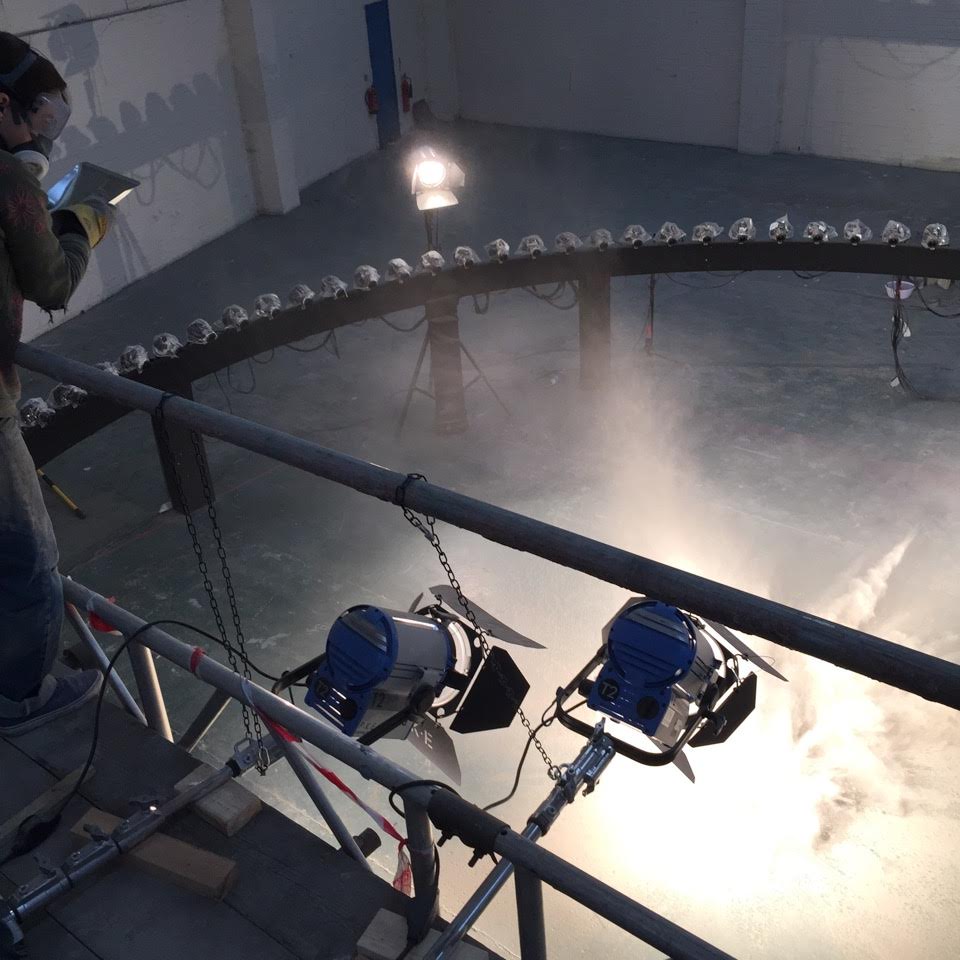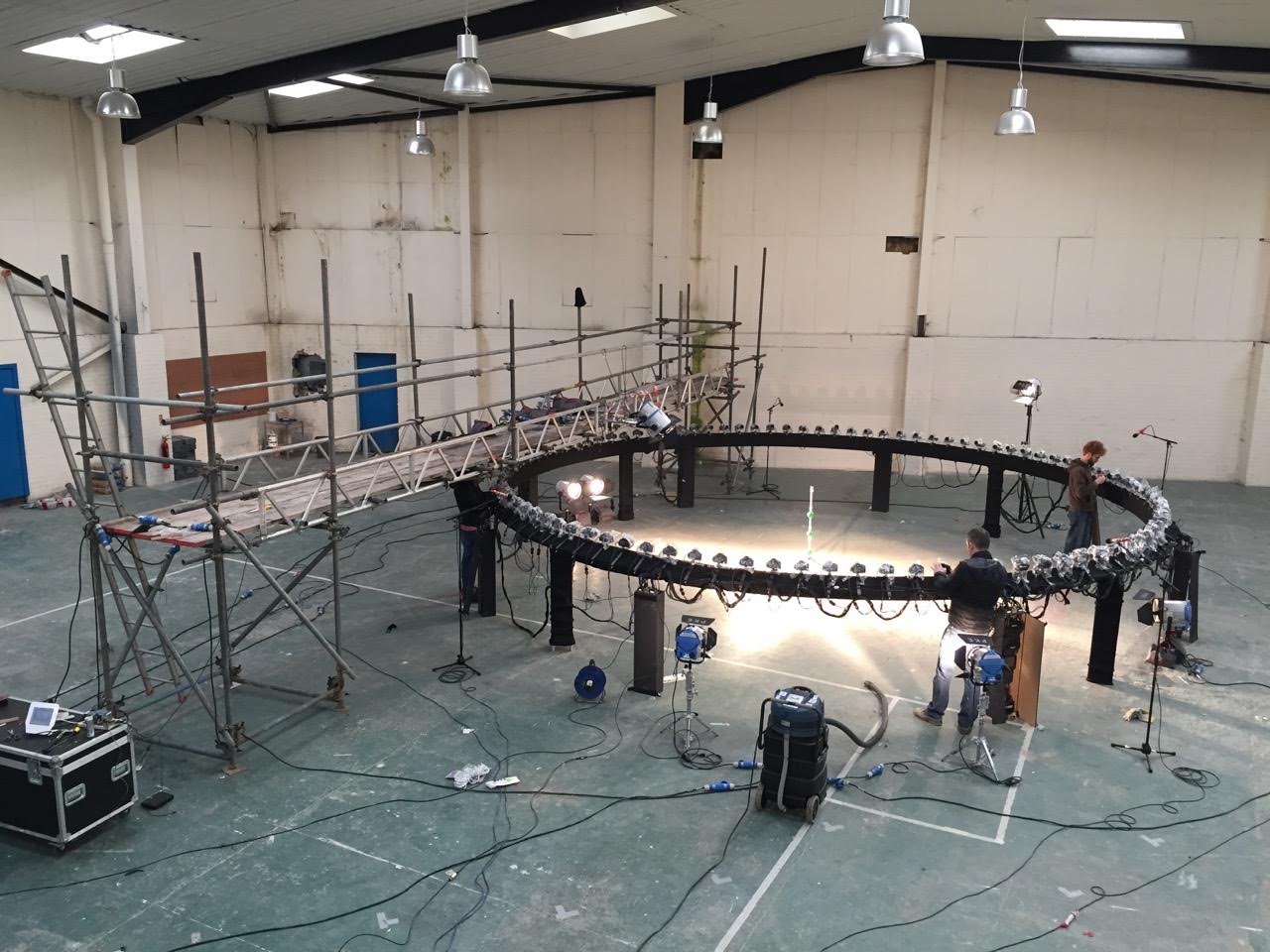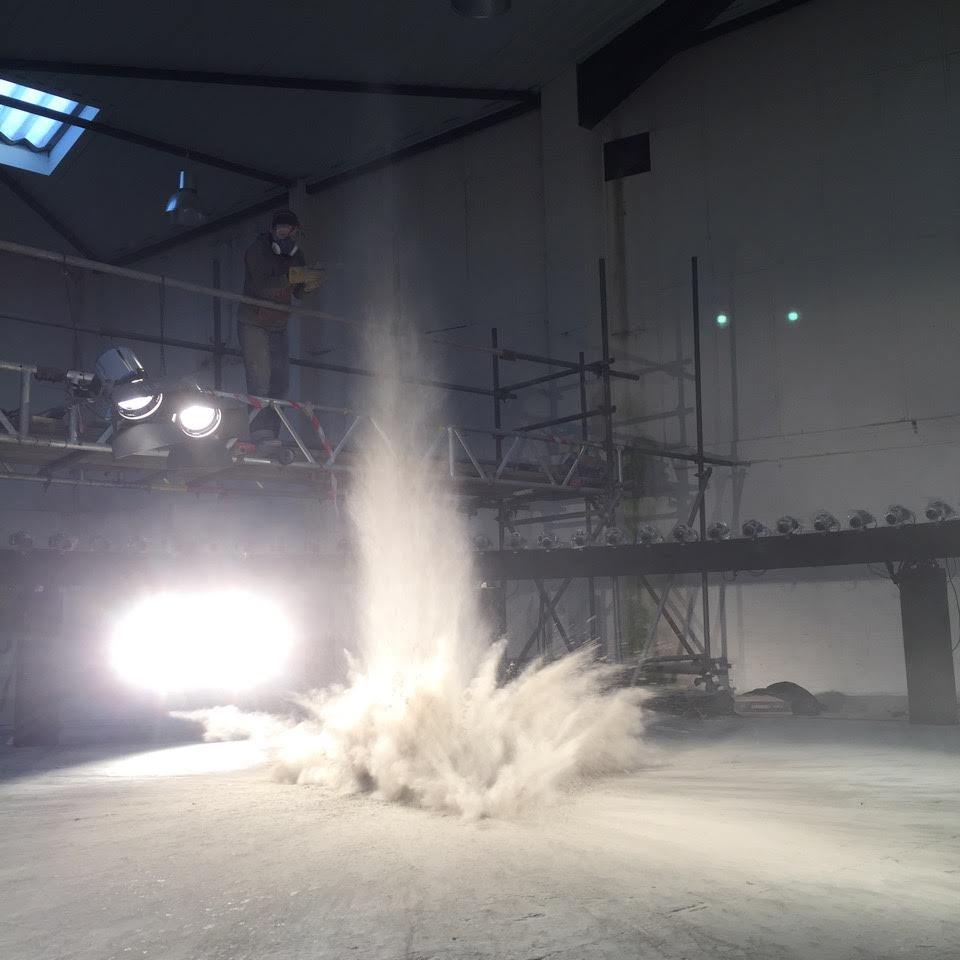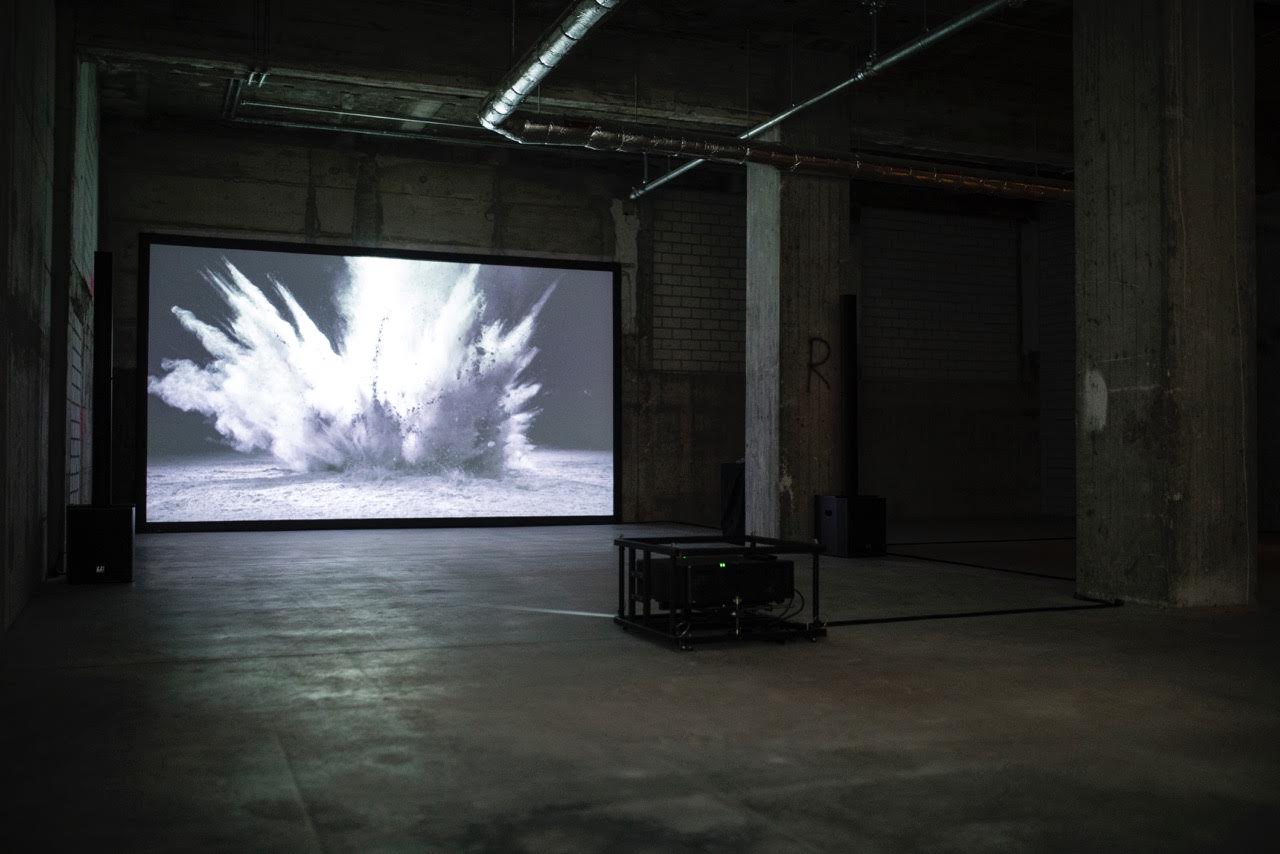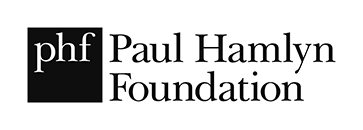We recently reconnected with our friend, the artist Sophie Clements, and invited her to reflect on her experience working at Islington Mill. Here are her thoughts, in her own words. Thank you Sophie.
“In these early months of the year I find myself thinking a lot about Islington Mill and the opportunities it has given me. For two years in a row, around this time, I have been to the Mill to film major pieces of work, commissioned by Dolby and the Barbican respectively. By sharing a bit of this process, I hope I can make a small step in expressing my huge gratitude to Islington Mill for enabling me to make this new work.
I first came to the Mill in 2012 for a group show, then again in 2013 for a month-long residency with the sculptor Alistair McClymont. I was instantly struck by the sense of community, the professionalism, the drive, the fun-loving, and the quality of work going on there.
During that time, Bill Campbell mentioned the existence of the large warehouse space at the adjacent Regent Trading Estate as a possible venue for producing large-scale work. At the time I couldn’t imagine what I might do there so I put it to the back of my mind. Then a couple of years later I got a commission from Dolby, giving me free reign and a decent budget and I decided I wanted to try to do some ‘bullet-time’ filming for real (something I’d thought about during my 2013 residency).
I had very little time to plan the shoot, and it all hinged on one thing – finding a space to film in. Not an easy task, especially when the question you are asking of a potential location is ‘Can I come and set off explosions and throw glass and water around in front of a hundred cameras, with thousands of watts of lighting?’ The costs of doing that in ‘professional’ locations would have been astronomical (and most would have just said no anyway). Thank goodness I got through to Bill, and his answer to that question was ‘Sure! Do you and your crew need a place to stay as well?’ Amazing.
So we came up, got settled in the warm cosy B&B, got the keys to the warehouse and started. It was an extremely intense few days, working between 15 and 20 hours a day. I just can’t express what a positive impact this situation had on the work, being able to walk just one minute back home to a warm house and (very) comfortable bed. Having this level of comfort and support simply enabled us to work so hard – it let us focus intensely on the work, and push ourselves further than we’d have been able to do otherwise.
There was also a feeling of coming back to a familiar place with familiar people, who sometimes dropped in to see what we were doing in there, which was lovely. The filming was hard work but super fun. It was amazing to have this huge space all to ourselves, and to be able to set up such an extensive filming rig in there. I couldn’t quite believe my luck!
We came back the following year to repeat the process with cement. Again, we were working with a messy and dangerous material, and again, there was nothing but absolute positivity and helpfulness from the Mill. They even wrote me a letter of support to help with my funding application. I got a strong sense of them actively wanting to enable me to make this work – and trusting me to respect their space and property.
The piece we filmed in 2016 premiered in the Dolby HQ in San Francisco, and was then reworked and shown large-scale at the Barbican Centre last year, along with the new cement piece. Since then these works have been shown in Germany and Colorado.
There is absolutely no way these works could have been made if it hadn’t been for the Mill supporting me and allowing me to use their space. To enable an artist to take a risk and make a major new work, and support them along the way is pretty amazing and I’m so grateful for that.
I also want to add something which I think about frequently – the importance of community and a supportive peer group. Making work can be lonely, and as we leave college and get older, somehow it feels like the peer group or community diminishes, and I think that’s really tough. I feel really strongly that we need to do what we can to build and nurture supportive networks and environments for people who are making creative work.
What Islington Mill has done in forming a strong sense of community, of possibilities, of high-level work being done, with interesting and varied work/practitioners coming in and out, is really really important. It’s something I aspire to (and if I could buy a factory in London, I’d be trying to do the same thing instantly!).
Thanks so much to Bill and Morry and the Islington Mill team, for your kindness and vision. I guess I can’t keep coming up every year to blow stuff up in front of loads of cameras (well, who knows…), but hopefully I’ll find something else to do up there!”
How We Fall (2017) can be viewed online at https://vimeo.com/213229118
